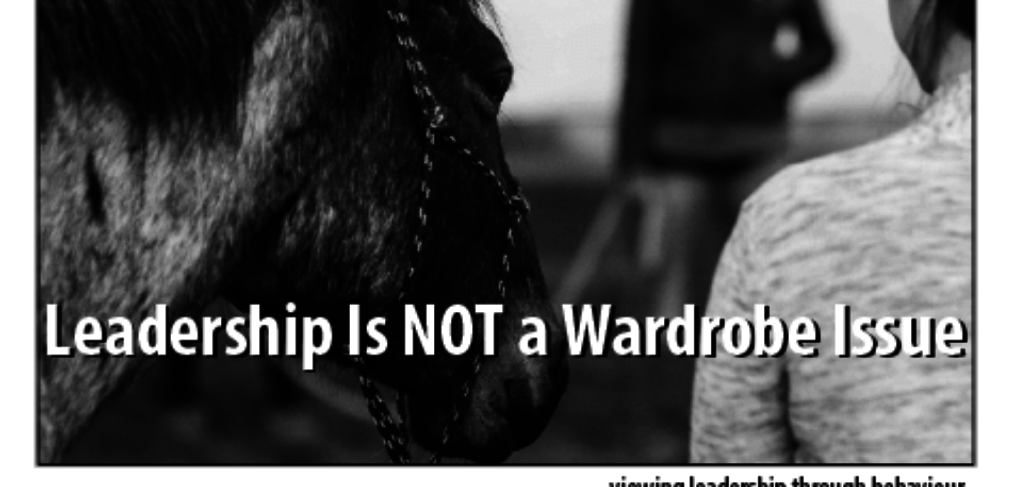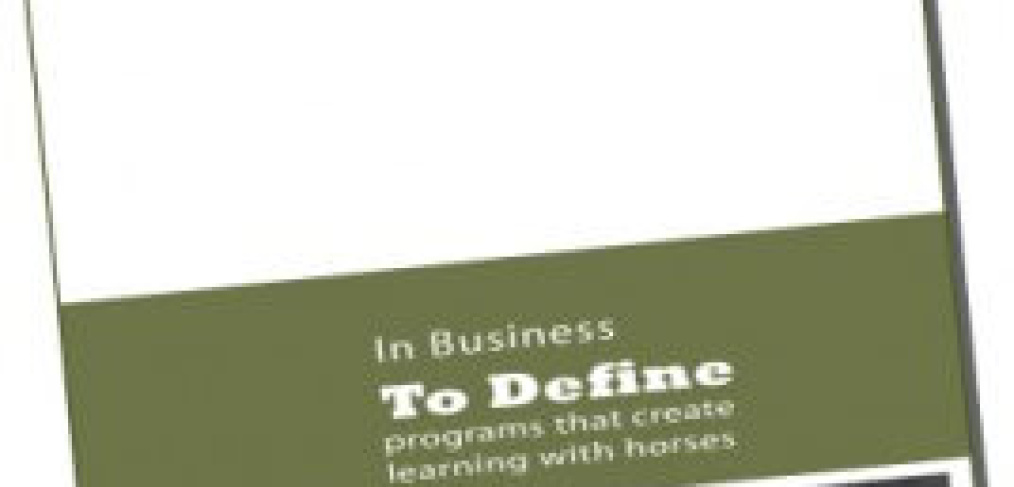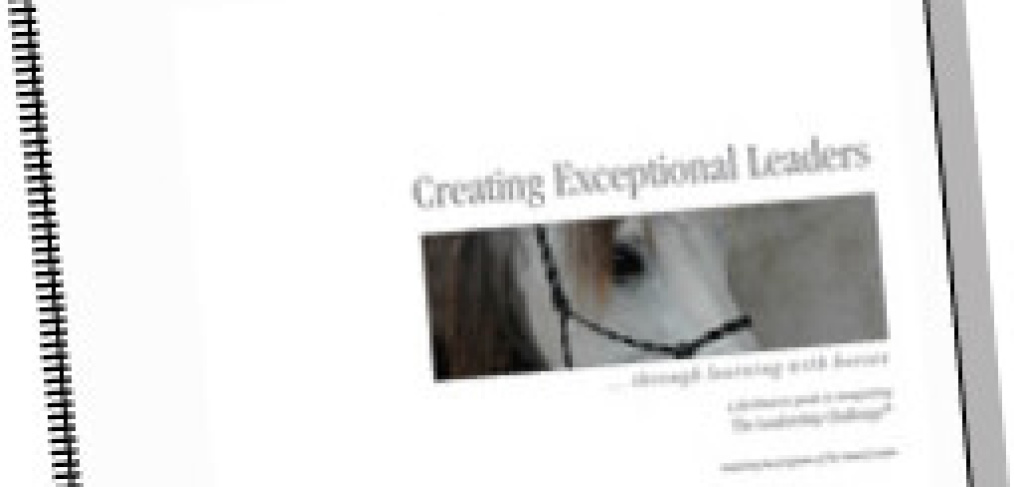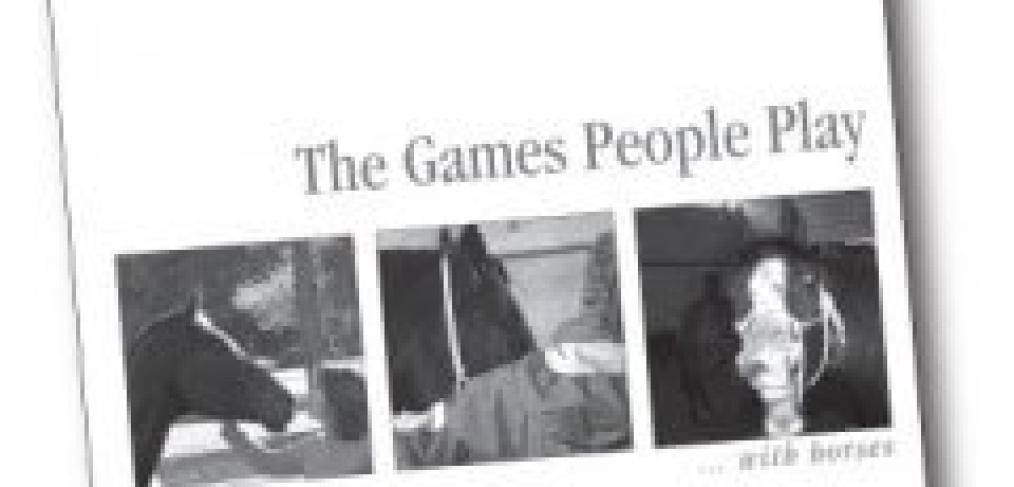 You are buckled in, you notice the flight attendant going through the motions of the safety demonstration. The short delay announcement frustrates you and yet you find yourself gripping the armrest as if the plane relied on this very effort to lift it off the tarmac.
You are buckled in, you notice the flight attendant going through the motions of the safety demonstration. The short delay announcement frustrates you and yet you find yourself gripping the armrest as if the plane relied on this very effort to lift it off the tarmac.
Relax. Statistically you are more likely to get struck down as a pedestrian than die in an airplane.
Our irrational fear of flying was the topic of Michael Enright’s radio interview with Author and First Officer Patrick Smith. Smith suggests the fear is normal and natural, admitting there is something about being thousands of feet above the ground moving at hundreds of miles an hour that generates fear for anyone from passenger to pilot. As inherently unsafe as it may sound, flying has been engineered to be the very opposite.
Enright’s questions clearly reflected his own fear of flying, suggesting Smith’s version of a near miss sound more like a near hit. Smith offers that our fear of flying is more likely the result of an over active imagination, interpreting what we hear from the media rather than one based on facts.Smith dubs this the PEF or Passenger Embellishment Factor. The PEF exaggerates a 20 foot drop in altitude to thousands, a 20 degree bank turns into 60 and a lightening strike becomes a ball of light dancing down the aisle.
PEF easily translates to the Participant Embellishment Factor in The Natural Leader programs. To assess people’s comfort level before entering the arena we always ask. “On a scale of one to ten, one being fearful, ten meaning you might have experience with horses and are quite comfortable with the prospects of the day. What is your comfort level working with a horse?” The number of zero’s and negative numbers we have encountered of late is somewhat unsettling.
What I have noticed, rarely is there a bad experience to go with that fear, the horse simply represents an unknown. So the idea has worked them into such a state they hadn’t slept or were physically ill at the prospect of the day. Their imagination has filled in the blanks and created the “What if” scenarios for this large and powerful animal.
While the work with horses allows people to experience Leadership moments at the threshold of their comfort zone, fear can get in the way of that opportunity. Our goal is to ensure each person is supported through their learning experience in a manner that suits them best. The sessions often give participants a better understanding of when their fears of failing, or falling, are holding them back as leaders.
I have gained a lot of experience on managing fear around horses. You can’t simply tell someone “Don’t be afraid”, however we can provide information that is relevant and immediate, setting a goal that is attainable. So we start with breathing.
When we are fearful we tend hold our breath in anticipation. Our focus of attention is on the future not the present so we are rarely able to respond to the moment. Focusing on breathing helps people remain in the present so they can recognize and assess the physiological response they are experiencing. Once they notice what is happening in their body they are more likely to be able to name it and therefore manage the emotions associated with the feeling.
One reference tool we have used in our programs is The Awareness Wheel, adapted by Jacques & Associates from the work of Miller, Wackman, Nunnally and Saline. The tool helps bring forward a dialogue on what has generated a reaction or an emotion so we might be more thoughtful in our response. Getting participants to focus on their breath helps them become more present to what might be actually happening in the present.
So the next time you find yourself gripping the armrest like everyone’s life depends on it, remember to breathe. Relax your body and your mind so you can actually enjoy the flight.
CBC Radio Interview >>http://www.cbc.ca/player/Radio/The+Sunday+Edition/Segments/ID/2416721253/
Photo: Oliver getting his Ya Ya’s out before I get on!






